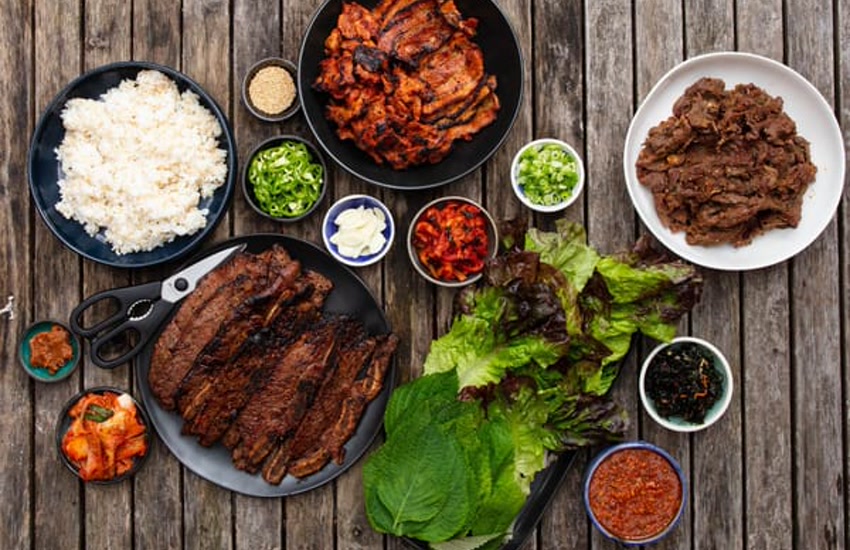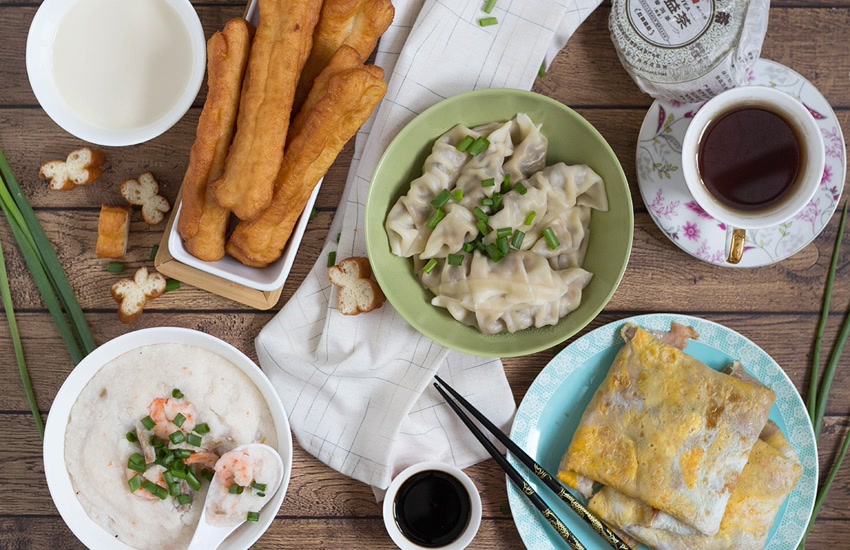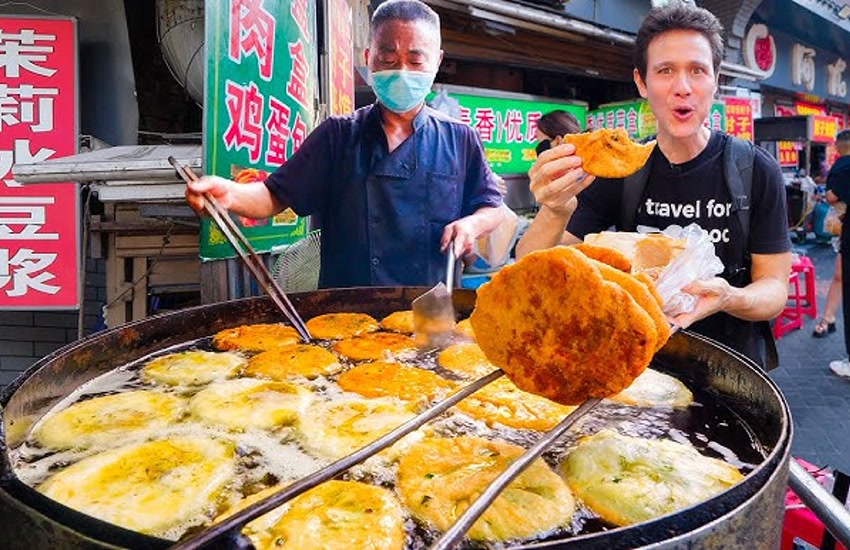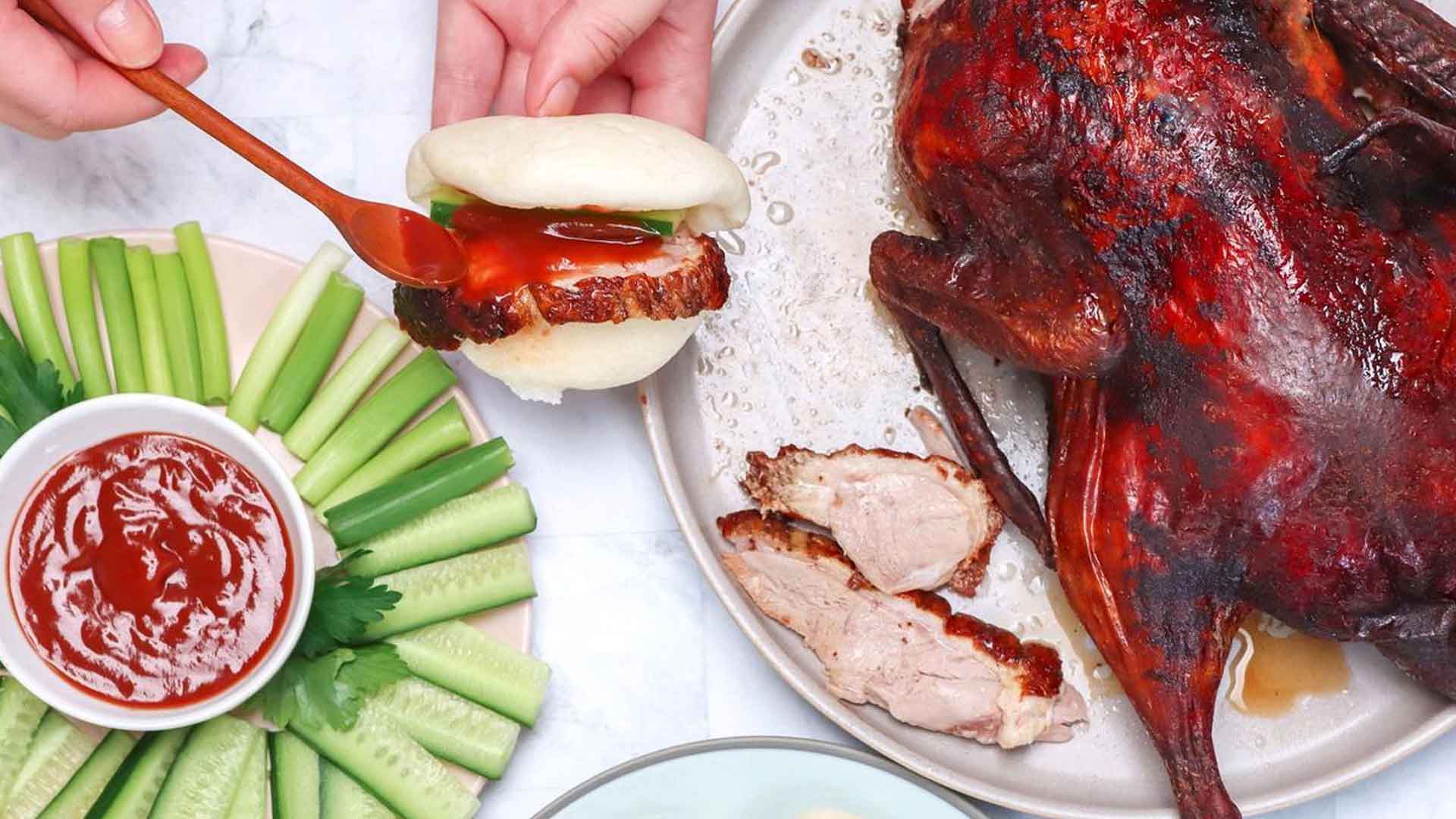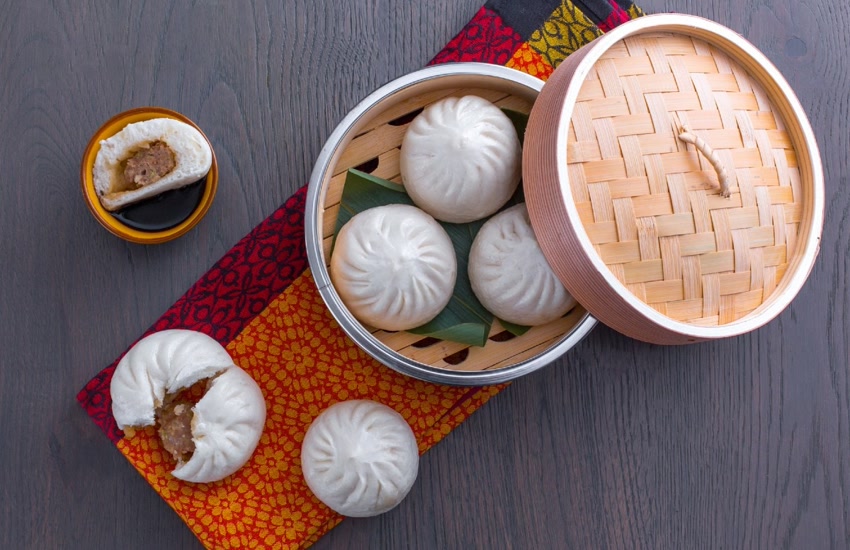
Alright, fellow food adventurers! Buckle up because today we’re diving headfirst into the delicious world of baozi, China’s iconic stuffed bun.
I’m not just talking about a quick bite; we’re going on a culinary journey through history, regional variations, and the sheer deliciousness of this humble yet remarkable food.
So, are you ready to explore the stuffed bun gastronomy of China? Let’s get started!
Origins and Evolution: A Tale of Generals, Gods, and Dough
The Story Begins
Let’s kick things off with a little history. The story of baozi actually begins with its predecessor, the mantou. Think of mantou as the OG steamed bread roll – a blank canvas of fluffy goodness. Now, originally, “mantou” referred to both filled and unfilled buns. It wasn’t until the Song dynasty that the term “baozi” came into play, specifically designating those delightful buns packed with fillings.
The Legend of Zhuge Liang
But here’s where it gets really interesting! Legend has it that the creation of the stuffed bun is attributed to none other than the brilliant military strategist Zhuge Liang. The story goes that he needed to appease a river deity (as one does, right?). Instead of the traditional, well, less appetizing offering of human heads, Zhuge Liang, in a stroke of genius, used meat-filled buns. He presented these as offerings, saving lives and inadvertently inventing a culinary masterpiece!
Baozi: A Piece of History
I love this story because it perfectly encapsulates the resourcefulness and enduring folklore surrounding baozi’s origins. It’s not just food; it’s a piece of history baked into every bite!
Ingredients and Varieties: A Kaleidoscope of Flavors
Baozi’s Basic Components
Now that we know where it came from, let’s talk about what makes baozi so darn tasty. At its core, a baozi consists of a soft, yeasted wheat dough that lovingly embraces a filling – and oh, the fillings!

The Variety of Fillings
The possibilities are truly endless, ranging from savory to sweet, and everything in between. We’re talking juicy pork, savory beef, tender lamb, earthy mushrooms, vibrant vegetables, and luscious bean pastes. Trust me, there’s a baozi out there for every palate.
Regional Variations
But the beauty of baozi lies in its regional variations. It’s like each region has its own spin on this classic, resulting in a truly diverse culinary landscape. Here’s a little taste of what you might find:
- Northern Comfort: In the north of China, baozi tend to be larger and heartier, designed to combat the colder climate. Think robust meat fillings like pork or lamb, perfect for warming you from the inside out. These are the kind of baozi that stick to your ribs and leave you feeling utterly satisfied.
- Southern Delights: Head south, and you’ll find baozi that are often smaller, with more delicate wrappers. These tend to feature sweet or savory fillings, such as the ever-popular barbecued pork (char siu bao) or the smooth and creamy lotus seed paste. These are perfect for a light lunch or a delightful snack.
Cultural Significance: More Than Just a Meal
A Staple Food
Baozi is more than just a delicious snack; it’s a symbol of Chinese culinary ingenuity and regional diversity. It’s a staple food, enjoyed for breakfast, as a mid-day snack, or as part of a larger meal. You’ll find it everywhere, from bustling street food stalls to elegant restaurant tables.
Artistry in Baozi
Beyond the taste, there’s a certain artistry to a well-made baozi. The bun’s distinctive appearance, with its carefully hand-pleated top, is a testament to craftsmanship and tradition. Some baozi makers pride themselves on forming twelve to thirteen perfect pleats per bun – talk about dedication! These pleats aren’t just for show; they also help to ensure even cooking and a perfect texture.
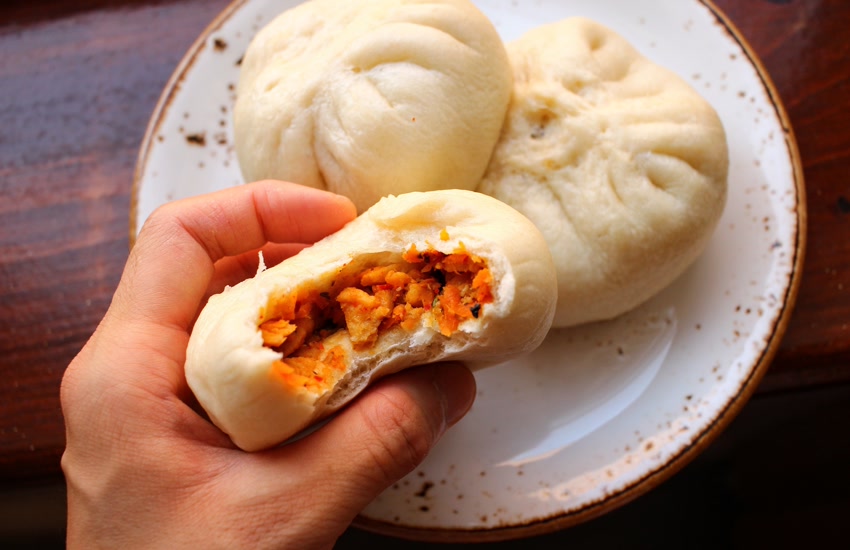
Beyond Baozi: A Family of Stuffed Buns
A Larger Family
The influence of baozi doesn’t stop there. It’s part of a larger family of stuffed buns found throughout China and East Asia. Each region has developed its own unique variations, often using different types of dough, fillings, and cooking methods.
Mantou: The Unfilled Bread
While mantou continues to be a popular choice as an unfilled bread, baozi’s legacy is undeniable. You’ll find its influence in countless street stalls and banquet tables across China and beyond, uniting people through the universal appeal of stuffed, steamed bread.
Where to Find the Best Baozi: An Insider’s Guide
Street Food Stalls
Street food stalls are often the best place to find delicious, affordable baozi. Look for stalls with a steady stream of customers – that’s usually a good sign that the baozi are fresh and tasty.
Local Markets
Chinese markets are a treasure trove of culinary delights, and you’re almost guaranteed to find baozi vendors there. This is a great way to sample different varieties and chat with the locals about their favorite fillings.
Dim Sum Restaurants
Many dim sum restaurants offer a variety of baozi on their menus. This is a great option if you want to try several different types of baozi in one sitting.
Experiment
Baozi comes in so many different forms and flavors that the only way to find your favorites is to try as many as possible. Be adventurous and don’t be afraid to sample new and unusual fillings.
Baozi’s journey, from a legendary offering to an everyday staple, highlights its remarkable adaptability and the rich tapestry of Chinese gastronomy. This stuffed bun, in its myriad forms and flavors, is both a culinary delight and a testament to China’s enduring food traditions.
So, the next time you’re looking for a satisfying and flavorful meal, why not give baozi a try? You might just discover your new favorite food! And who knows, you might even be inspired to create your own unique baozi filling.
Trust me, exploring the world of baozi is a culinary adventure you won’t soon forget. Happy eating, my friends! Now, if you’ll excuse me, I’m suddenly craving a big, juicy baozi… Time to go on a quest!
Discover our others food guide:



